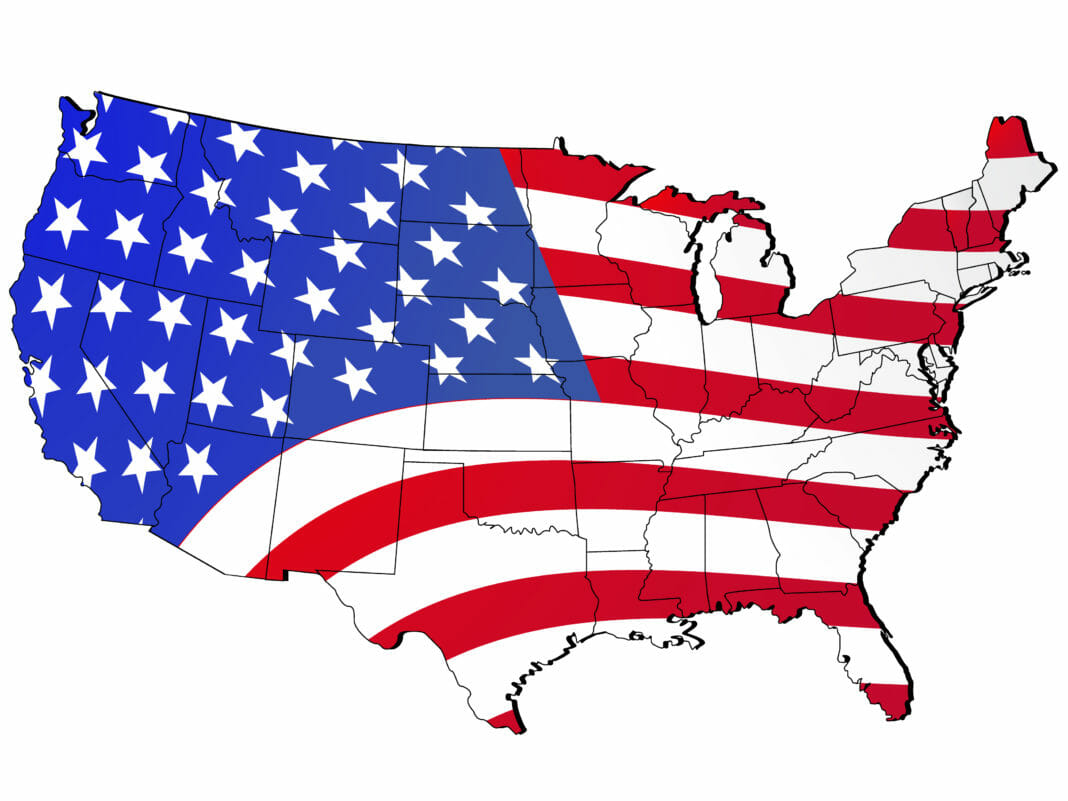At the end of May, stablecoins reached a market capitalization of USD 100 billion. It is not possible to trade stablecoins such as Tether (USDT) within the territory of the United States.
Last month, the market capitalization of stablecoins reached the USD 100 billion milestone. This raised doubts and concerns in the US government due to the “risk that these currencies represent for the global economy.”
Several national political figures in the United States are showing growing concern about the growth of the stablecoin market. The lack of regulation on this type of assets allows the movement of capital that does not reach the traditional banking system. These officials believe that this “potentially prevents regulators from seeing illicit finances,” according to Bloomberg.
Many people use stablecoins to freeze funds from cryptocurrency trading within exchanges. That way, they do not need to put money into their bank accounts.
However, the companies that issue stablecoins are a more concerning factor than crypto assets themselves. The Federal Deposit Insurance Corporation does not protect the money that users trade through a stablecoin. The mission of this agency is to guarantee the recovery of depositors’ money if their bank goes bankrupt.
Massachusetts Senator Elizabeth Warren showed her concern by comparing stablecoins to “wildcat” banknotes. At the end of the 19th century, a private bank issued the latter, the value of which precious metals and other bonds guarantee. The financial crisis that these banknotes caused in 1875 led to the creation of one of the first banking regulation laws.
For its part, a stablecoin is pegged to the price of the US dollar, the euro, or the pound, among other assets. The price of this type of cryptocurrency does not vary concerning the currency with which it maintains parity. For that reason, it does not suffer from volatility like decentralized cryptocurrencies.
Liquid assets deposited in banks, bonds, and metals, among others, often back stablecoins, as in the case of Tether (USDT). Besides, there are stable cryptocurrencies that receive the backing of other cryptocurrencies, as in the case of DAI. This crypto asset uses a backup scheme in different tokens of Ethereum’s native cryptocurrency Ether (ETH).
Stablecoins Represent a Problem for CBDCs
Most (80%) of central banks have been working on creating their centralized cryptocurrencies or CBDC (Central Bank Digital Currencies).
The director of the Federal Reserve, Jerome Powell, believes that legislators should intervene in the matter of the creation of these currencies. In that way, they would help accelerate the process, which could take years.
In this regard, Powell said that, given the growing use of stablecoins, it is necessary to address “the appropriate regulatory and supervisory framework,” according to Bloomberg.
In the case of the European Central Bank, this institution seeks to obtain veto power over the launch of new cryptocurrencies. If such a scenario were to occur in the United States or Europe, adopting unbanked stablecoins would be increasingly difficult.











